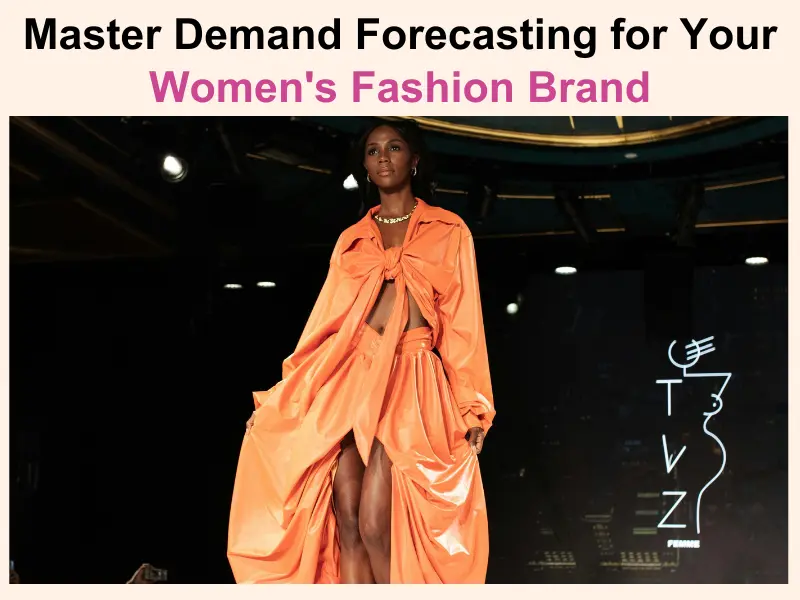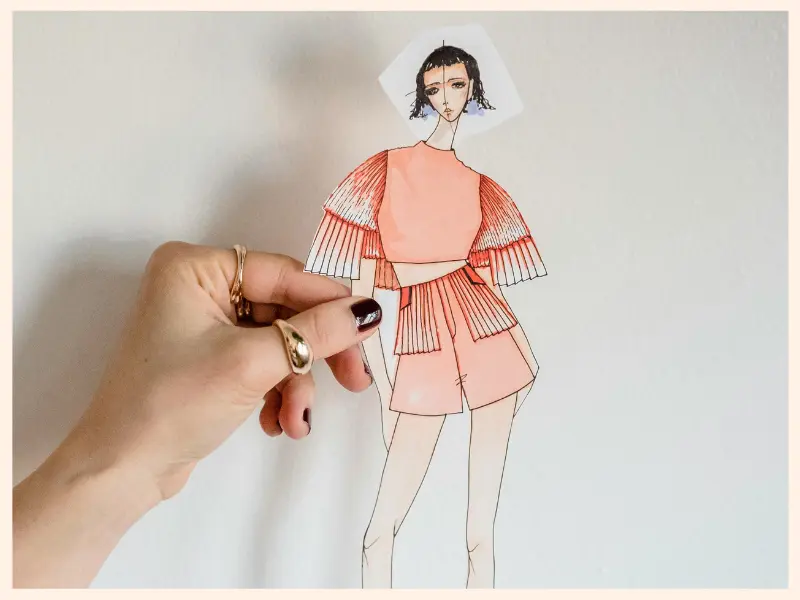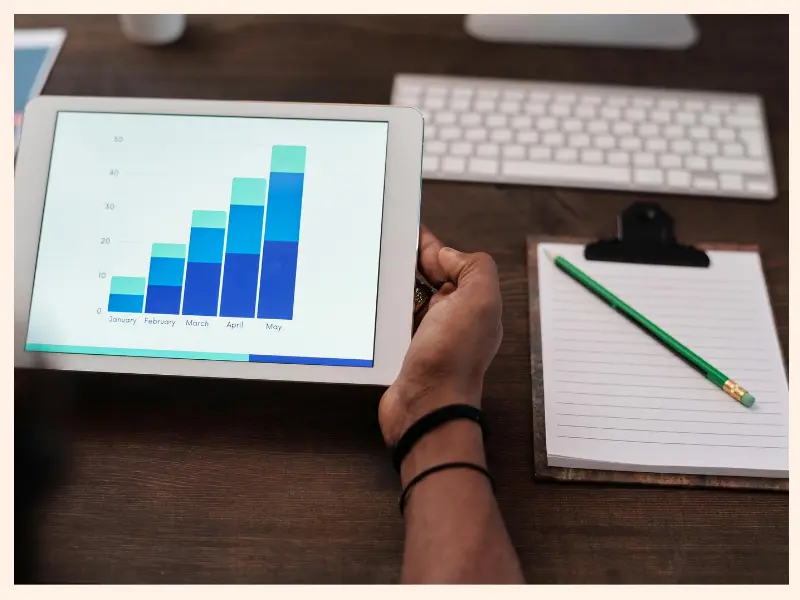In the fast-paced world of women’s fashion e-commerce, accurate demand forecasting is the difference between soaring sales and costly stock-outs.
When studying the impact of inaccurate forecasting, studies reveal the following:
- 63% of online shoppers abandon carts due to price (Baymard Institute), highlighting the importance of not over-pricing.
- 73% of online retailers struggle with accurate product pricing (SaleCycle), often a consequence of inaccurate demand forecasting.
- Up to 40% of apparel ends up in landfills due to overstocking and unsold items (Ellen MacArthur Foundation), emphasizing the environmental and financial impact of poor forecasting.

This article empowers you, the fashion e-commerce owner or marketer, with the knowledge and tools to master demand forecasting and unlock the potential for increased profitability, customer satisfaction, and sustainable practices.
Understanding Demand Forecasting: What It Is & Why It Matters
Demand forecasting involves predicting the future demand for your products. This data guides crucial business decisions, including:
- Inventory management: Ordering the right amount of stock to avoid overstocking and stock-outs.
- Product development and sourcing: Identifying popular styles and trends to inform product design and supplier selection.
- Pricing and promotions: Setting optimal prices and planning effective promotions based on anticipated demand. (Try www.plumfind.com to keep an eye on your competitor’s pricing strategy.)
- Marketing and advertising: Targeting the right audience with the right message at the right time.
By accurately forecasting demand, you can:
- Reduce inventory holding costs: Avoid overstocking, saving on storage space and preventing the need for markdowns on slow-moving items.
- Increase sales and conversion rates: Ensure you have enough stock of popular items to meet customer demand and avoid missed sales opportunities.
- Improve profit margins: Optimize pricing strategies based on demand and avoid unnecessary discounting.
- Enhance customer satisfaction: Deliver a seamless shopping experience by having the right products available when customers want them.
- Make data-driven decisions: Move beyond intuition and gut feelings and base your business decisions on reliable data and insights.
Factors Affecting Demand Forecasting in Women’s Fashion
Several dynamic factors influence demand forecasting for women’s fashion:
Seasonality: Demand for specific clothing styles and fabrics fluctuates significantly throughout the year.
Fashion trends: Emerging trends can lead to unpredictable shifts in demand.
Economic conditions: Consumer spending habits can change based on economic factors like inflation and recessions.
Competitor activity: Competitor pricing, promotions, and product offerings can impact your demand. (Try www.plumfind.com to keep a track on your competitors.)
Weather patterns: Unseasonal weather can affect demand for certain clothing items.
Marketing and promotional efforts: Effective marketing campaigns can boost demand for specific products.

Essential Tools and Strategies for Accurate Demand Forecasting
1. Historical Sales Data Analysis:
Analyze historical sales data to identify trends and patterns in demand.
Utilize tools like Google Analytics or Shopify Insights to track sales data by product, category, season, and other relevant factors.
To understand how price changes affected sales of a particular product, analyze historical prices for that product (www.plumfind.com can help).
Example: Analyzing past sales data might reveal that a particular dress style consistently performs well during the summer months. This insight can inform future inventory planning for that style.
2. Leverage Market Research & Trend Reports:
Stay informed about emerging fashion trends through market research reports and industry publications.
Utilize the data and insights from these reports to anticipate future demand for specific styles or categories.
3. Implement Competitive Intelligence Tools:
Track competitor pricing, promotions, and product offerings to understand their strategies and potential impact on your demand.
Utilize tools like www.plumfind.com or Similarweb to monitor your competitors’ online presence and marketing activities.
4. Social Media Listening & Customer Feedback:
Monitor social media conversations to identify emerging trends and customer preferences.
Analyze customer reviews and feedback to understand product sentiment and identify areas for improvement.
Example: A significant increase in social media mentions of a specific color trend might indicate a potential rise in demand for clothing items featuring that color.
5. Utilize Machine Learning and Artificial Intelligence (ML/AI):
Advanced forecasting models powered by ML/AI can analyze vast amounts of data and identify complex patterns in demand.
These tools can offer valuable insights and improve forecast accuracy over time.

Define what you want to achieve with your demand forecasting efforts and establish key performance indicators (KPIs) to track progress.
Mastering demand forecasting is a game-changer for your women’s fashion e-commerce business.
By employing the tools, strategies, and best practices outlined in this article, you can ensure optimal inventory levels, avoid costly stock-outs, stay ahead of trends, and ultimately, unlock sustainable growth and success.
Remember, data is your most valuable asset. Utilize it effectively to make informed decisions and navigate the dynamic world of women’s fashion with confidence.
About the author(s):
Natasha is our Social Media Manager, a law student, and marketing enthusiast. She loves strategizing different methods to get results. A big fan of startups and their psychological aspects. She loves to travel and interact with locals to know the history of those places. She lives in Jaipur, India.